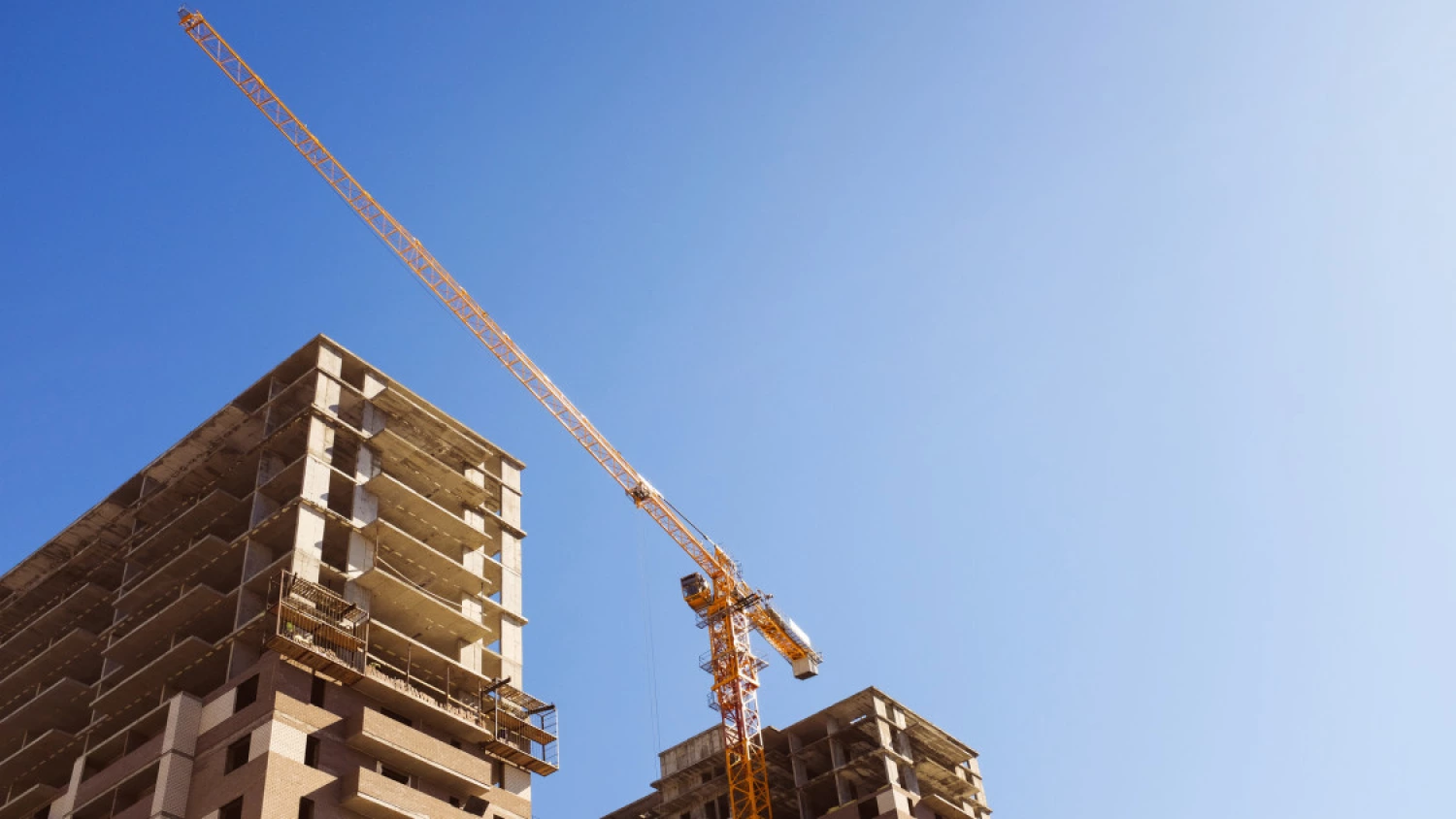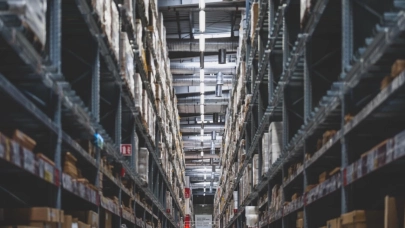
According to Michael Klien from WIFO (the Austrian Euroconstruct member institute), 2022 was the second year of recovery for the European construction industry after the outbreak of the pandemic. The year-on-year growth rates of 3% were, however, much lower than in 2021 (+5.8%) owing to the sharp rise in construction costs, Euroconstruct reports in its latest press release.
2022 started very promisingly for the Austrian construction industry. In the survey results of the WIFO Business Survey at the beginning of the year, more and more companies reported a favourable assessment of business activity and their order situation. However, very quickly over the course of the year the economic climate deteriorated. The comparatively fast deceleration of construction activity was not limited to Austria but became a dominant pattern across Europe. A comparison of business sentiment across countries shows the construction industry lost pace all over Europe. And in many cases, the sentiment in the construction industry already crossed from an optimistic to a pessimistic appraisal of the current situation. In the neighbouring countries of Germany, the Czech Republic, Hungary and Poland, the share of firms with insufficient order backlogs already predominates.
The major factor behind the rapid cooling of construction activity is undoubtedly the development of construction costs. The European construction industry has been hit by two consecutive cost shocks within a short period of time. 2021, during the recovery phase after the pandemic, saw major cost increases, primarily due to the unexpectedly rapid economic recovery. And if at the turn of the year 2021/2022 it still looked as if the situation would calm down and the price increase too as material shortage would now weaken, the second massive cost shock within 12 months followed immediately with the war in Ukraine. In contrast to cost increases in 2021, strongly accompanied by supply chain problems, high energy prices as a result of the war are to be seen as a driving factor. Due to the very energy-intensive production technology of many building materials, there were considerable price increases. A recent detailed analysis by WIFO has found that in addition to raw materials such as wood or bitumen, particularly sensitive increases occurred in steel and iron products as well as in fuels (including diesel). In sum, the two shocks led to double-digit growth rates in construction costs in 2021 and 2022.
Although prices for some key construction materials such as steel have already started to fall (spot prices for steel products on the European commodity exchanges are already around 30% below the peak in spring 2022), 2023 is not expected to see a decrease in construction costs. Combined with the continued inflationary pressure and the resulting higher interest rates, the outlook for the European construction industry is stable at best, and the risk of collapsing demand for construction services is very real.




